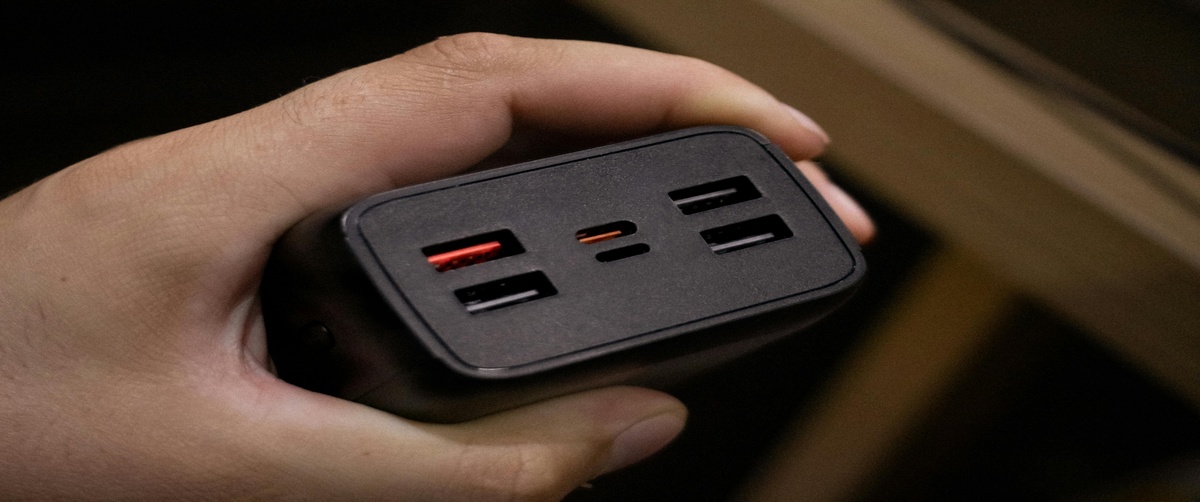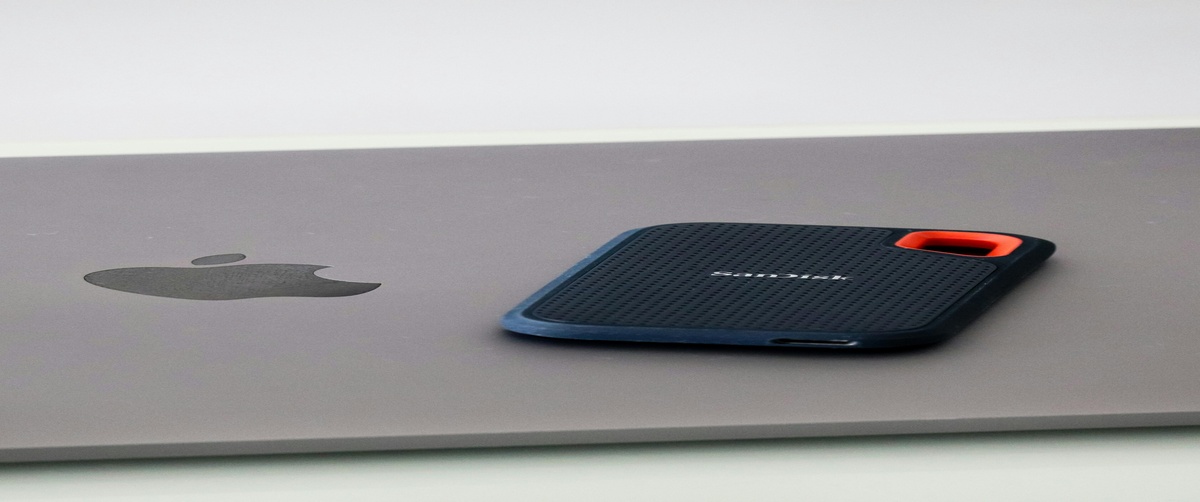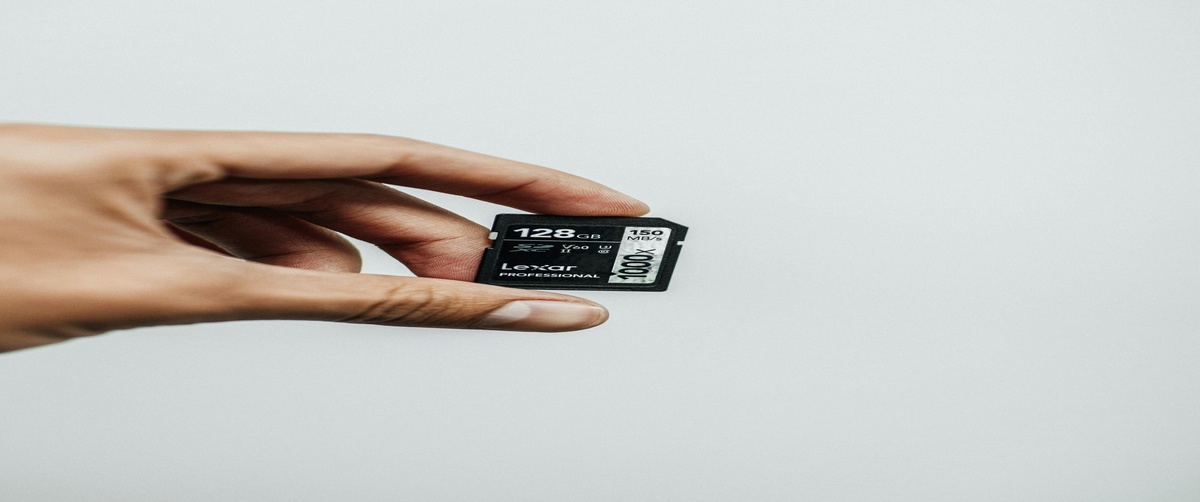A Wi-Fi adapter not detected issue can prevent your device from connecting to the internet, leading to frustration and lost productivity. Whether the problem stems from a Wi-Fi issue, a faulty wireless connection, or the need for network troubleshooting, this guide will walk you through effective solutions to restore connectivity.
Common Causes of Wi-Fi Adapter Not Detected
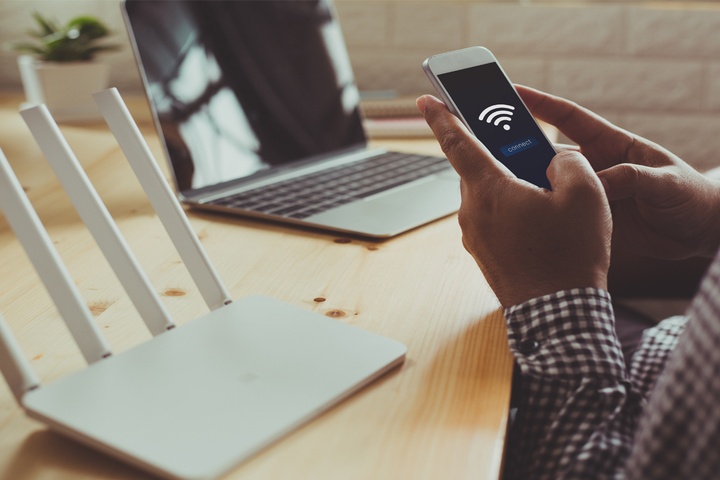
If your Wi-Fi adapter is not detected, the issue could be due to:
- Disabled Wi-Fi adapter or airplane mode enabled
- Outdated or missing Wi-Fi drivers
- Hardware or BIOS issues
- Software conflicts or misconfigured settings
- Physical damage to the adapter or wireless card
Step-by-Step Fixes for Wi-Fi Adapter Issues
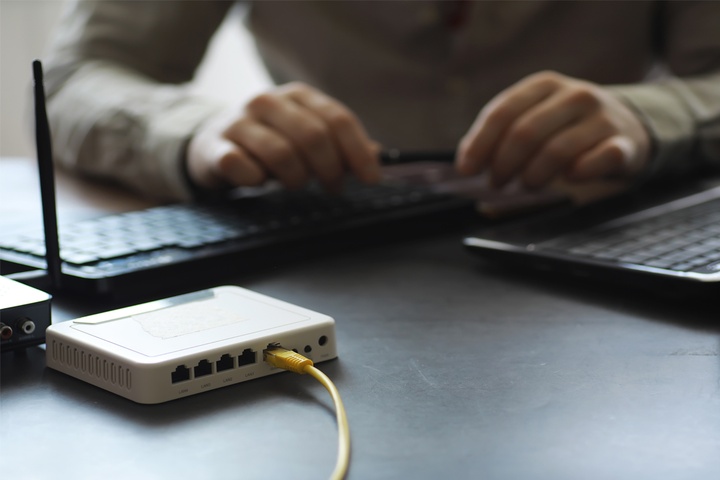
Check Physical Connections
If you’re using an external USB Wi-Fi adapter:
- Ensure the adapter is properly plugged into a functional USB port.
- Try using a different USB port or another device to rule out port failure.
- If using an internal Wi-Fi card, check if it’s properly seated inside the device.
Enable the Wi-Fi Adapter
Sometimes, the wireless connection is disabled in network settings:
- Open Control Panel > Network and Internet > Network Connections.
- Locate your Wi-Fi adapter, right-click, and select Enable.
- If the adapter is missing, move to driver troubleshooting.
Update or Reinstall Wi-Fi Drivers
A corrupted or outdated driver can cause Wi-Fi adapter not detected problems:
- Open Device Manager and expand Network Adapters.
- Right-click your Wi-Fi adapter and select Update Driver.
- If updating doesn’t work, uninstall the driver and restart the computer to allow Windows to reinstall it automatically.
Run Network Troubleshooter
Windows has built-in network troubleshooting tools:
- Go to Settings > Update & Security > Troubleshoot.
- Select Internet Connections and run the troubleshooter.
- Follow on-screen instructions to detect and fix Wi-Fi issues.
Check BIOS and Enable Wireless Network
If your Wi-Fi adapter not detected, it may be disabled in BIOS:
- Restart your computer and enter BIOS/UEFI settings (press F2, DEL, or F12 during boot-up).
- Navigate to the Wireless Configuration section.
- Ensure the wireless connection is enabled.
Reset Network Settings
If misconfigured settings are causing the Wi-Fi issue, reset them:
- Open Command Prompt as administrator.
Run the following commands:
netsh winsock reset
netsh int ip reset
ipconfig /release
ipconfig /renew
- Restart the computer and check for a connection.
Disable Power Management Settings
Windows may disable the Wi-Fi adapter to save power:
- Open Device Manager, locate the Wi-Fi adapter.
- Right-click, go to Properties > Power Management.
- Uncheck Allow the computer to turn off this device to save power.
Check for Hardware Failures
If none of the above solutions work:
- Test the adapter on another computer.
- If using a built-in adapter, consider using an external USB Wi-Fi adapter.
- If the issue persists, your Wi-Fi adapter may need replacement.
When to Seek Professional Help

If your Wi-Fi adapter not detected issue persists after following these network troubleshooting steps, professional assistance may be required.
Still struggling with a Wi-Fi issue? Don’t worry! Contact TechNow for expert IT Support Services in Germany. Our specialists diagnose and fix wireless connection problems, ensuring smooth and stable internet access. Reach out today and let TechNow restore your connectivity efficiently!

